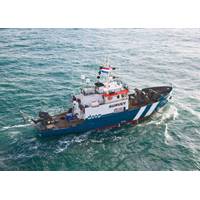
Clear-Com’s Gen-IC Virtual Intercom Enhances Deep BV’s Sustainable, Remote Maritime Surveys
, allowing communication with headquarters. By adding Gen-IC, the communication system can be expanded to enable connections with multiple ships in the future. Gen-IC offers a cloud-based, virtual intercom system with licenses for various applications, allowing communication across computers, mobile devices, and Clear-Com hardware. The system provides up to 24 channels and 64 virtual clients, facilitating global communication via mobile internet, including 4G and 5G or satellite connections, including Starlink. With Clear-Com’s solutions, Deep BV now has minimal crew members onboard for
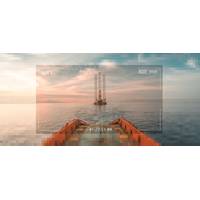
Remote Operations: Challenges & Opportunities
and video data to operations centres or directly to the expert (regardless of location), using ultra-low bandwidth across existing networks. Wearables are hands-free and usually voice controlled, allowing personnel to focus on the task at hand and allowing the recipient to adjust settings remotely.Mobile devices come with similar features, having cameras, microphones, audio, and display screens but with the added advantage of all parties having access and being highly familiar with how to use them. Specialist software applications can be installed on mobile devices to facilitate real-time live video
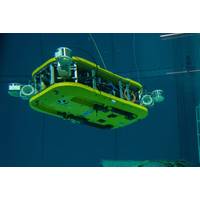
Tech File: Dual-Arm AUV Emerges from German Consortium
and to use them as alias, e.g., for camera or docking positions. In order to complement the innovative interaction technologies, the DFKI Embedded Intelligence research department in Mare-IT has developed a web application that allows the AUV to be controlled and change parameter settings via mobile devices such as smartphones or tablets. In addition, the researchers investigated the possible use of artificial, oscillating magnetic fields for localizing the underwater robot.Robust Thruster Drives with Intelligent ControlWITTENSTEIN cyber motor GmbH developed and produced the highly robust thruster

Measuring the Hostile Ocean Beneath Hurricanes
of a major hurricane, as well as to see, in near real-time, how the ocean responded to energetic atmospheric forcing.Protecting Coastal CommunitiesThe preceding accounts exemplify the remarkable advances in ocean observing capabilities that have come from unmanned observing platforms. These portable, mobile devices have been used to take extended measurements in waters that are too challenging for ships and too hazardous for humans. Gliders and profiling floats permit assessing and reporting in near real-time the hostile ocean conditions beneath hurricanes and typhoons. In addition to the value of these
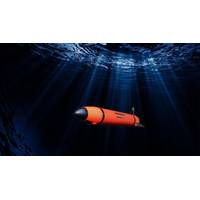
Good Undersea Vehicles Come in Small Packages
and quite durable. The ROV is small enough to fit in a backpack while its side panels are molded with a rubber coating giving it a form of bumpers. The user interface is based on internet standards such as HTML5 and WebGL to enable piloting through just a browser that runs on laptops, tablets, and mobile devices. The embrace of modern software open source approaches ensures that the code base can be continually updated by both the community and the company. This allows user driven software changes such as new user interfaces to shape the operating experience and delivery of improved ROV capabilities
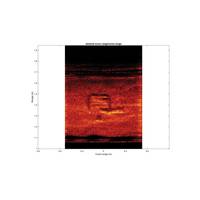
DOLPHIN: Enabling Technology for Acoustic Systems
lesser extent offshore renewables, are looking to seafloor resident systems for both installation and inspection, maintenance and repair (IMR). These underwater applications will benefit immensely from the utility, position navigation and timing (PNT) and data connectivity, taken for granted by mobile devices connected to conventional satellite and radio networks. These markets will also benefit from improved sonar. Mine hunting coverage rates will increase with faster sonar advance speed and the systems will not have to survey twice to fill the SSS/SAS “gaps.” Energy infrastructure
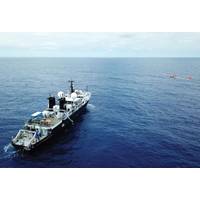
A SmallSat AUV Network
multiple areal and underwater robots. He’s also been known to lecture NATO navies on combined AUV operations.De Sousa is a pioneer of and continues to work on the managing of multiple autonomous vehicles simultaneously. He has helped develop commercial and researcher software which incorporates mobile devices for easy control of networked AUVs. While applications might one day include mass ocean surveillance, mass inspection, mass survey or massive attack, the oceanic study involved AUVs (and aerial drones) in contact with each other via a ship-based ocean controller. SmallSats could provide these
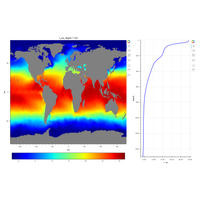
Open-source Software for Environmental Science Community
data access and manipulation from data visualization, allowing devices running only a web browser to rapidly interact with data handled on a server or desktop PC over a network. Benefits of this approach include the potential for powerful data visualization and interaction on low-powered mobile devices. The U.K.-based company, which provides a wide range of sonar services to the defense sector, has self-funded the development and believes that the innovative software will be of benefit to environmental data scientists who need simple tools for interacting with complex data.
Chart Tile Service to Aid Charts Update
with hundreds of corrections applied weekly by NOAA, so users will have the corrected versions faster than ever before. Coast Survey released the NOAA prototype chart tile and metadata service on December 7. "New generation navigation systems - chart plotters, tablets and mobile devices - and web mapping applications increasingly use tile services," said John Nyberg, chief of Coast Survey's Marine Chart Division. "By subdividing raster charts into more manageable tiles that upload much faster, this new service will give navigation system developers greater ability

 February 2025
February 2025




